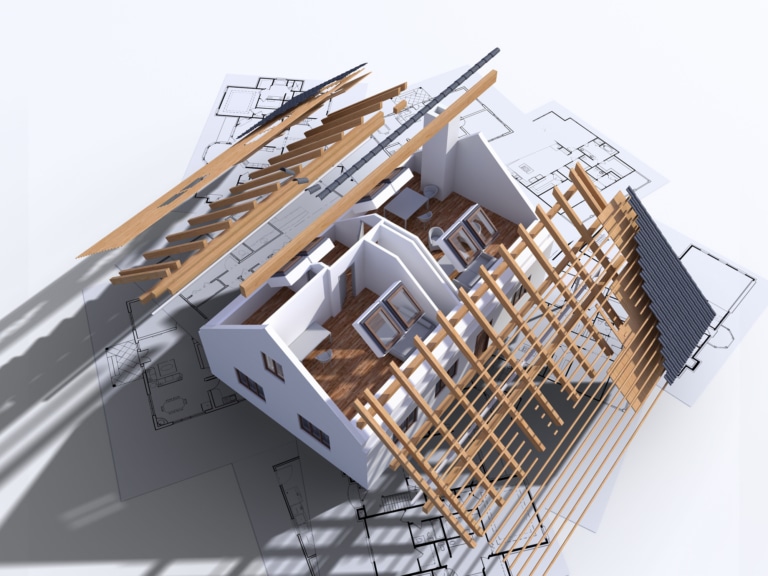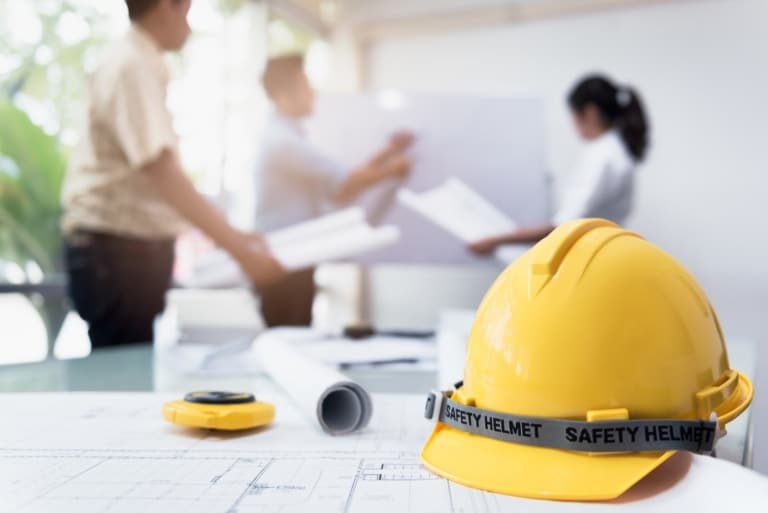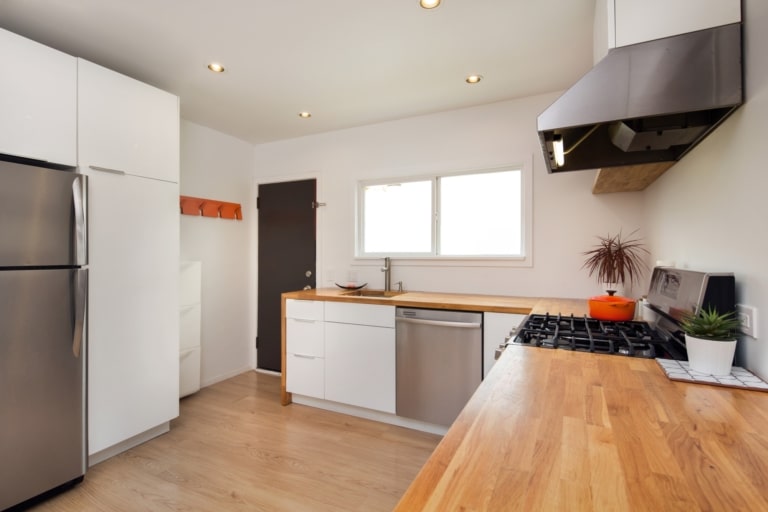The “Buy and Remodel” Strategy
Four questions to consider before buying and remodeling a smaller home
The housing market seems to have gone into crazy mode. Prices in many neighborhoods range in upwards of $1,000 per square foot. It can be a daunting task to become the winning bidder on a home that is move-in ready. Depending on design, a more affordable solution can be buying a smaller house and then remodeling it to fit your exact needs.
When considering this option, here are some things to think about:
- Is the lot big enough to add on to?
To assess this, you will need to understand the Floor Area Ratio (FAR) allowed in your area. The acceptable FAR can vary from lot to lot, even within the same city. It’s best to check with your local planning department early in the purchasing process.
Sources to check out include:
San Jose Planning Department: http://www.sanjoseca.gov/index.aspx?nid=1725
Los Altos Planning: http://www.losaltosca.gov/
Campbell Planning Division: http://www.ci.campbell.ca.us/
California Department of Housing and Community Development: http://www.hcd.ca.gov/
- Will existing areas need to be updated as well, like a kitchen or bathroom?
If existing conditions will require significant updating, it can change the financial outlay in favor of buying a larger home that doesn’t require expensive upgrades. However, updating kitchens and bathrooms are also costly improvements that may add significant value to your home and should be factored into your offer. First, calculate the costs to renovate the property based on a thorough assessment of the home’s condition. Then, subtract that from the home’s likely market value after renovation, taken from comparable real estate prices in the neighborhood. Then, deduct 5 to 10 percent for unknown costs. What’s left should be your offer.
According to the National Association of Home Builders, for maximum resale value, remodeling investments should not raise the value of your house more than 10 to 15 percent above the median sale price of other houses in your area.
- How much will the addition cost?
Unfortunately, there is no easy formula for answering this question. It all depends on the design, existing conditions, age of home, required upgrades to the structural integrity of the home, and potential internal layout changes required to create an integrated design. Engaging the services of a design/build contractor to do preliminary design and estimating work can help you to get a better understanding of project scope and cost. - How long will it take?
If a significant amount of upgrades are needed, you may want to complete the remodeling work before moving in. This approach often requires months of design, permitting and construction, so it’s critical that you fully evaluate your options before committing to a purchase. You may need to carry two mortgages for a while or find a temporary place to live while renovations are in progress. On the other hand, if the project involves a simple addition, the work can often be done while the home is occupied. Again, it all depends on the design.
You may be feeling a little overwhelmed right now. But there are professionals who specialize in this type of work. Consult with a design/build contractor early on in the buying and building process and they’ll be happy to answer your questions and help you determine the best plan for creating the home of your dreams.




